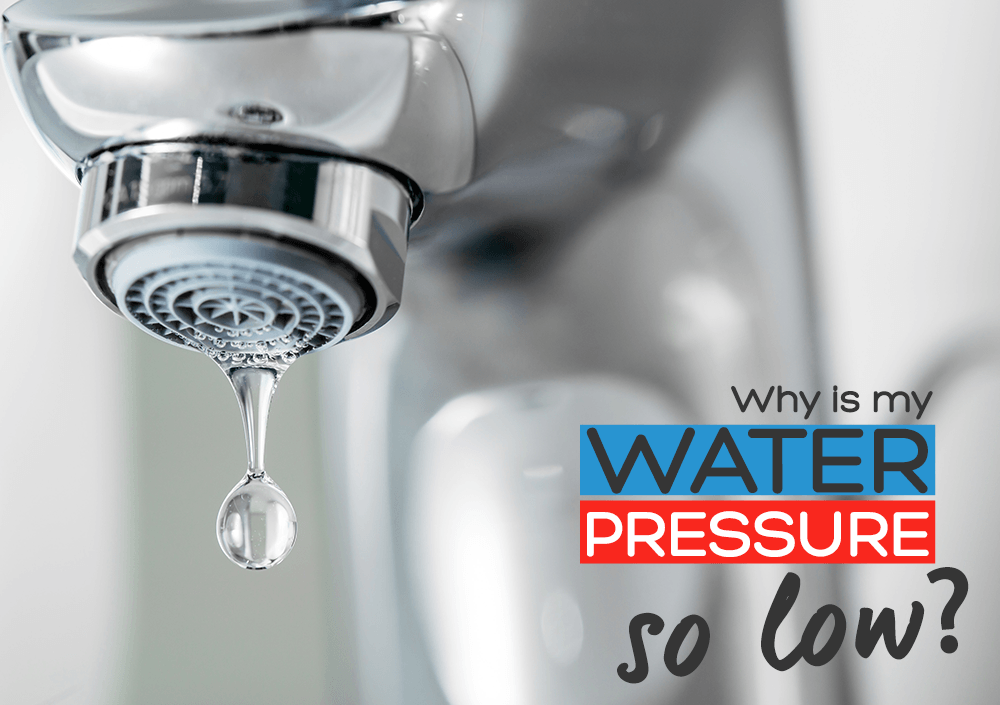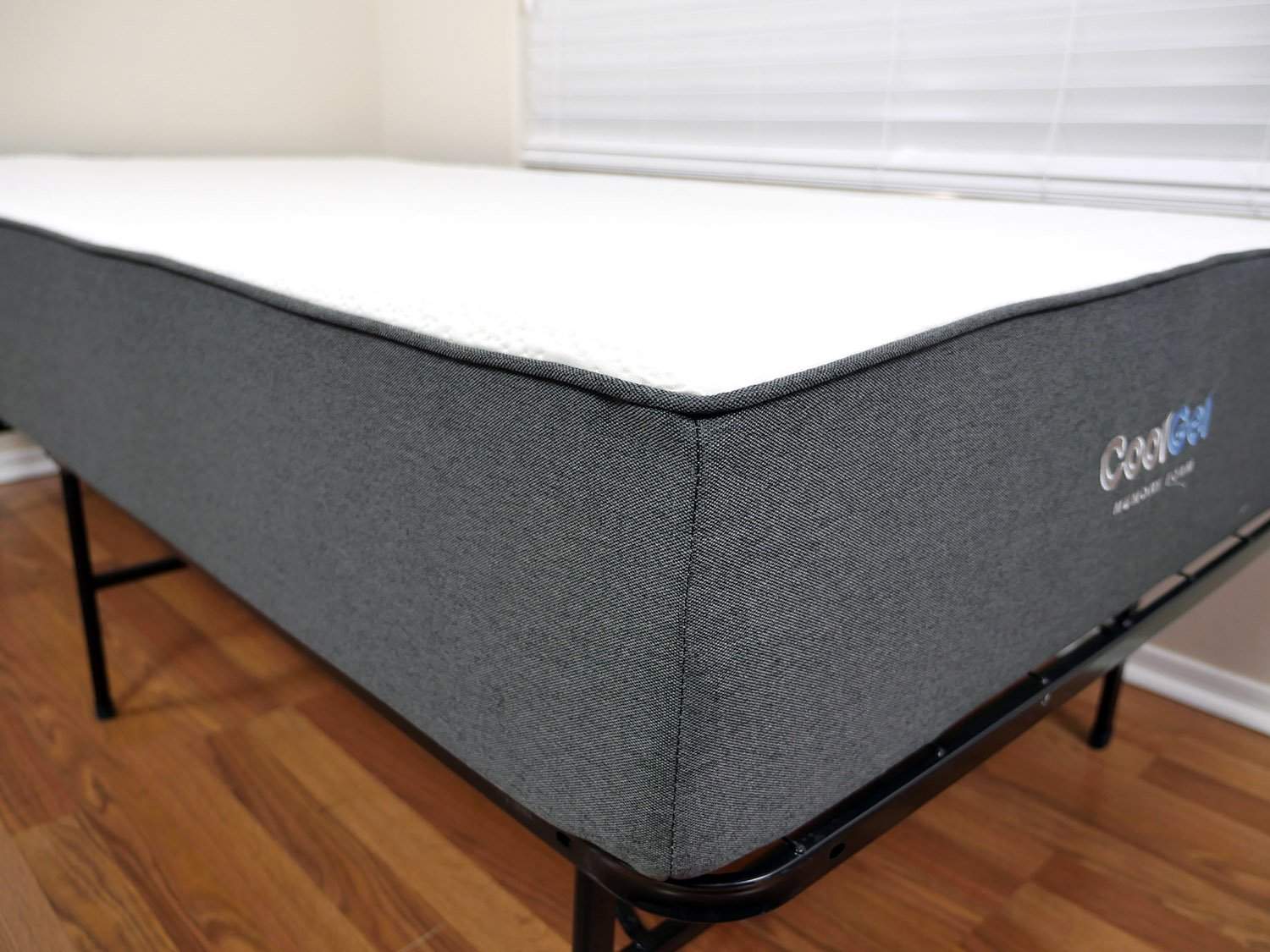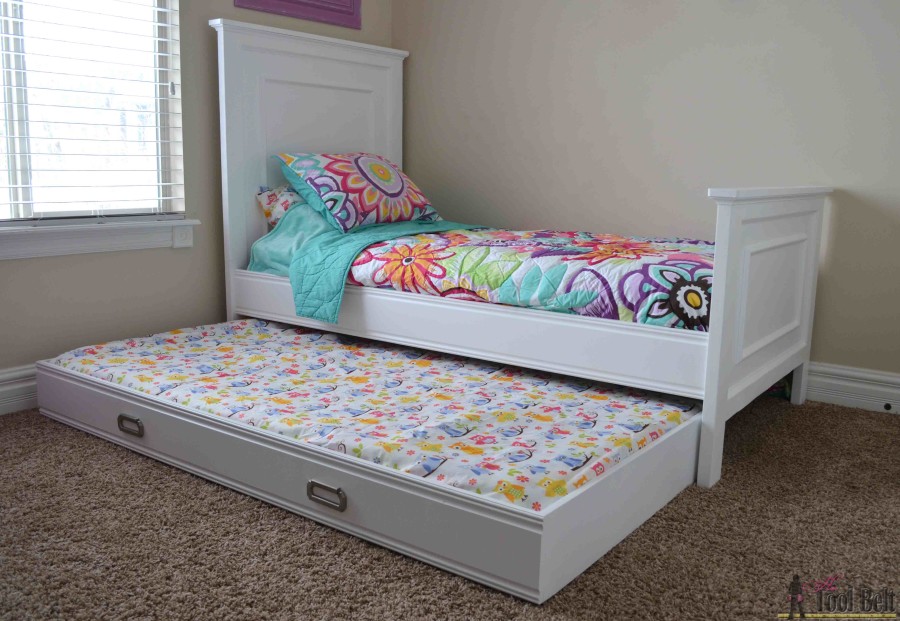If you've noticed that the water pressure in your bathroom sink seems lower than usual, you're not alone. Low water pressure is a common issue that many homeowners encounter, and it can be frustrating and inconvenient. Fortunately, there are several simple solutions that can help you fix low water pressure in your bathroom sink and get your plumbing back to normal. In this article, we'll discuss the top 10 ways to address low water pressure in your bathroom sink.How to Fix Low Water Pressure in Your Bathroom Sink
Before we dive into the solutions, it's important to understand the potential causes of low water pressure in your bathroom sink. Some of the most common reasons for low water pressure include clogged aerators, mineral buildup in pipes, plumbing leaks, faulty valves, and issues with the municipal water supply. Identifying the cause of your low water pressure can help you determine the best course of action for addressing it.5 Common Causes of Low Water Pressure in Bathroom Sinks
If your low water pressure is caused by a clogged aerator, simply removing and cleaning it can make a big difference. You can do this by unscrewing the aerator from the end of the faucet and soaking it in a mixture of equal parts water and vinegar for about an hour. Then, use a toothbrush to scrub away any remaining buildup before rinsing and reattaching the aerator.Simple Solutions for Low Water Pressure in Your Bathroom Sink
If cleaning the aerator doesn't fix the issue, the problem may lie deeper in your plumbing. Mineral buildup in pipes, also known as scale, can restrict water flow and cause low water pressure. To address this, you can try using a descaling solution or hiring a professional plumber to clean your pipes. Another potential culprit is a plumbing leak, which can be identified by checking for damp spots or puddles under your sink or on the walls or ceiling near the sink. If you suspect a leak, it's important to have it repaired as soon as possible to prevent further damage and water waste.Troubleshooting Low Water Pressure in Your Bathroom Sink
If your low water pressure is caused by a faulty valve, you may need to replace it to restore normal water flow. This is a more involved process that may require the help of a professional plumber. Additionally, if the issue is with the municipal water supply, you may need to contact your local water company to address the problem.How to Increase Water Pressure in Your Bathroom Sink
In some cases, low water pressure in your bathroom sink may be a result of multiple factors. For example, a clogged aerator combined with a plumbing leak can result in significantly reduced water flow. In these situations, it's important to address each issue separately to fully resolve the problem.Causes and Solutions for Low Water Pressure in Bathroom Sinks
Preventing low water pressure in your bathroom sink starts with regular maintenance. Keeping your aerators clean and free of buildup can help prevent clogs and keep water flowing smoothly. Additionally, staying aware of potential leaks and addressing them promptly can prevent more serious issues down the line. If you notice a sudden change in water pressure, it's always a good idea to investigate and address the issue as soon as possible.Tips for Dealing with Low Water Pressure in Your Bathroom Sink
If you're experiencing low water pressure in your bathroom sink and aren't sure of the cause, it may be helpful to go through a step-by-step process to diagnose and fix the problem. This can include checking the aerator, inspecting for leaks, and testing the water pressure in other areas of your home. From there, you can determine the best solution for your specific situation.How to Diagnose and Fix Low Water Pressure in Your Bathroom Sink
We've already covered some of the most common causes of low water pressure in bathroom sinks, but there are a few more to be aware of. One less obvious culprit is a faulty pressure regulator, which can be found near your water meter and may need to be adjusted or replaced. Another potential issue is a buildup of sediment in your pipes, which can restrict water flow and may require professional cleaning. And finally, if you have an older home, your plumbing system may simply be outdated and in need of replacement or upgrades.Common Reasons for Low Water Pressure in Bathroom Sinks and How to Fix Them
If you're feeling overwhelmed with all the potential causes and solutions for low water pressure in your bathroom sink, don't worry. We've put together a simple step-by-step guide to help you troubleshoot and fix the problem. By following these steps and being patient and persistent, you can successfully address low water pressure and restore normal water flow in your bathroom sink.Step-by-Step Guide to Troubleshooting Low Water Pressure in Your Bathroom Sink
Why Your Bathroom Sink Has Low Water Pressure and How to Fix It

The Importance of Water Pressure in Your Home
 Water pressure is an important factor to consider when designing a house. It affects the functionality and efficiency of household appliances, such as faucets, showerheads, and toilets. Low water pressure can be a frustrating and inconvenient problem, especially when it comes to the bathroom sink. The constant drip or slow stream of water can make everyday tasks like washing your hands or brushing your teeth a hassle. But why does your bathroom sink have low water pressure and what can you do to fix it?
Water pressure is an important factor to consider when designing a house. It affects the functionality and efficiency of household appliances, such as faucets, showerheads, and toilets. Low water pressure can be a frustrating and inconvenient problem, especially when it comes to the bathroom sink. The constant drip or slow stream of water can make everyday tasks like washing your hands or brushing your teeth a hassle. But why does your bathroom sink have low water pressure and what can you do to fix it?
The Causes of Low Water Pressure in the Bathroom Sink
 1. Clogged aerator:
The aerator is the small mesh screen located at the end of your faucet. Its purpose is to mix air with the water to create a smooth flow. Over time, mineral deposits or debris can build up and clog the aerator, causing low water pressure.
2. Corroded pipes:
Old or corroded pipes can restrict the flow of water, leading to low water pressure. This is a common issue in older houses and can also cause leaks and other plumbing problems.
3. Faulty shut-off valve:
The shut-off valve controls the flow of water to your bathroom sink. If it is not fully open, it can restrict the water flow and result in low water pressure.
4. Water supply issues:
Low water pressure in your entire house can be a sign of a problem with the main water supply line. This could be due to a leak, blockage, or other issues with the municipal water system.
1. Clogged aerator:
The aerator is the small mesh screen located at the end of your faucet. Its purpose is to mix air with the water to create a smooth flow. Over time, mineral deposits or debris can build up and clog the aerator, causing low water pressure.
2. Corroded pipes:
Old or corroded pipes can restrict the flow of water, leading to low water pressure. This is a common issue in older houses and can also cause leaks and other plumbing problems.
3. Faulty shut-off valve:
The shut-off valve controls the flow of water to your bathroom sink. If it is not fully open, it can restrict the water flow and result in low water pressure.
4. Water supply issues:
Low water pressure in your entire house can be a sign of a problem with the main water supply line. This could be due to a leak, blockage, or other issues with the municipal water system.
How to Fix Low Water Pressure in Your Bathroom Sink
 1. Clean or replace the aerator:
Remove the aerator from the end of your faucet and clean it with a mixture of vinegar and water. If it is too clogged to clean, replace it with a new one. This is a simple and inexpensive solution to low water pressure.
2. Check and replace pipes:
If your pipes are old or corroded, it may be time to replace them. This is a more complex and costly solution, but it will improve your water pressure and prevent future plumbing issues.
3. Adjust the shut-off valve:
Make sure the shut-off valve under your bathroom sink is fully open. If it is partially closed, turn it clockwise to fully open it and see if this improves the water pressure.
4. Contact your water provider:
If you suspect a problem with the main water supply, contact your water provider to report the issue. They will be able to investigate and provide a solution.
In conclusion, low water pressure in your bathroom sink can be caused by various factors, but they are all fixable. By identifying the underlying cause and taking the necessary steps, you can improve the water pressure in your bathroom sink and make your daily routine a little easier. Remember to regularly clean and maintain your plumbing system to prevent future issues. If the problem persists, it is best to consult a professional plumber for further assistance.
1. Clean or replace the aerator:
Remove the aerator from the end of your faucet and clean it with a mixture of vinegar and water. If it is too clogged to clean, replace it with a new one. This is a simple and inexpensive solution to low water pressure.
2. Check and replace pipes:
If your pipes are old or corroded, it may be time to replace them. This is a more complex and costly solution, but it will improve your water pressure and prevent future plumbing issues.
3. Adjust the shut-off valve:
Make sure the shut-off valve under your bathroom sink is fully open. If it is partially closed, turn it clockwise to fully open it and see if this improves the water pressure.
4. Contact your water provider:
If you suspect a problem with the main water supply, contact your water provider to report the issue. They will be able to investigate and provide a solution.
In conclusion, low water pressure in your bathroom sink can be caused by various factors, but they are all fixable. By identifying the underlying cause and taking the necessary steps, you can improve the water pressure in your bathroom sink and make your daily routine a little easier. Remember to regularly clean and maintain your plumbing system to prevent future issues. If the problem persists, it is best to consult a professional plumber for further assistance.



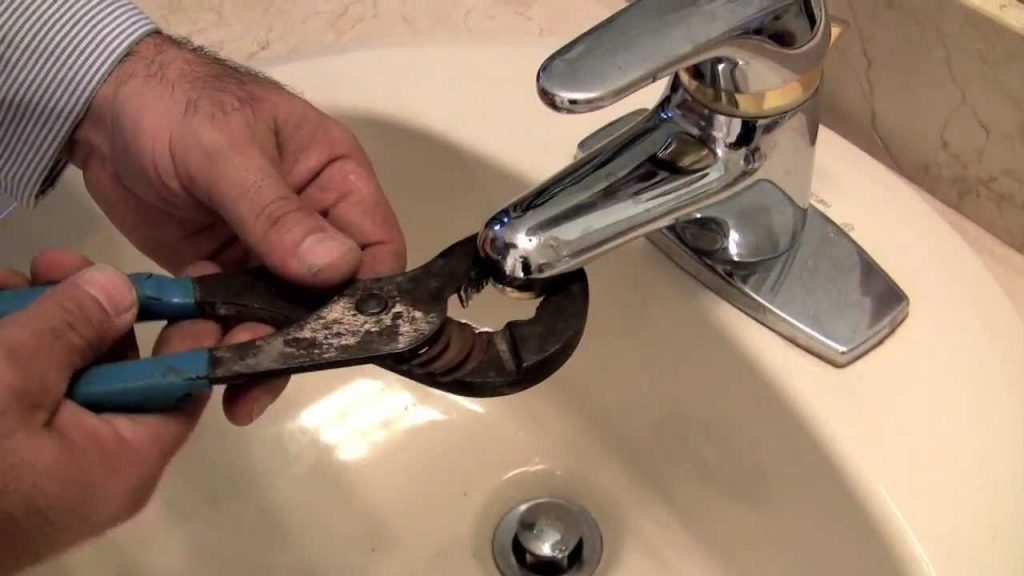


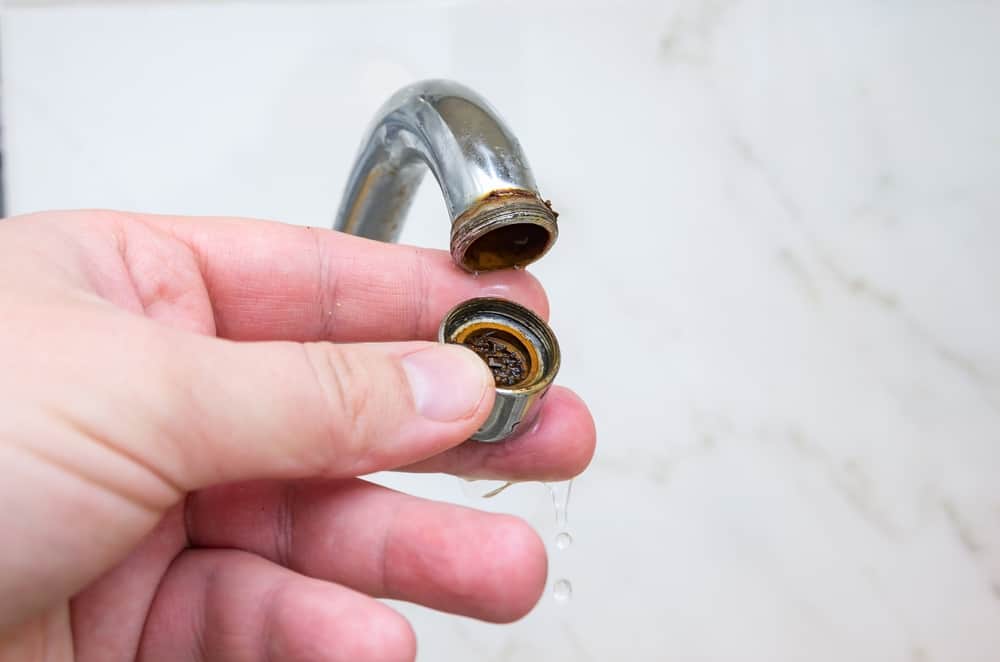


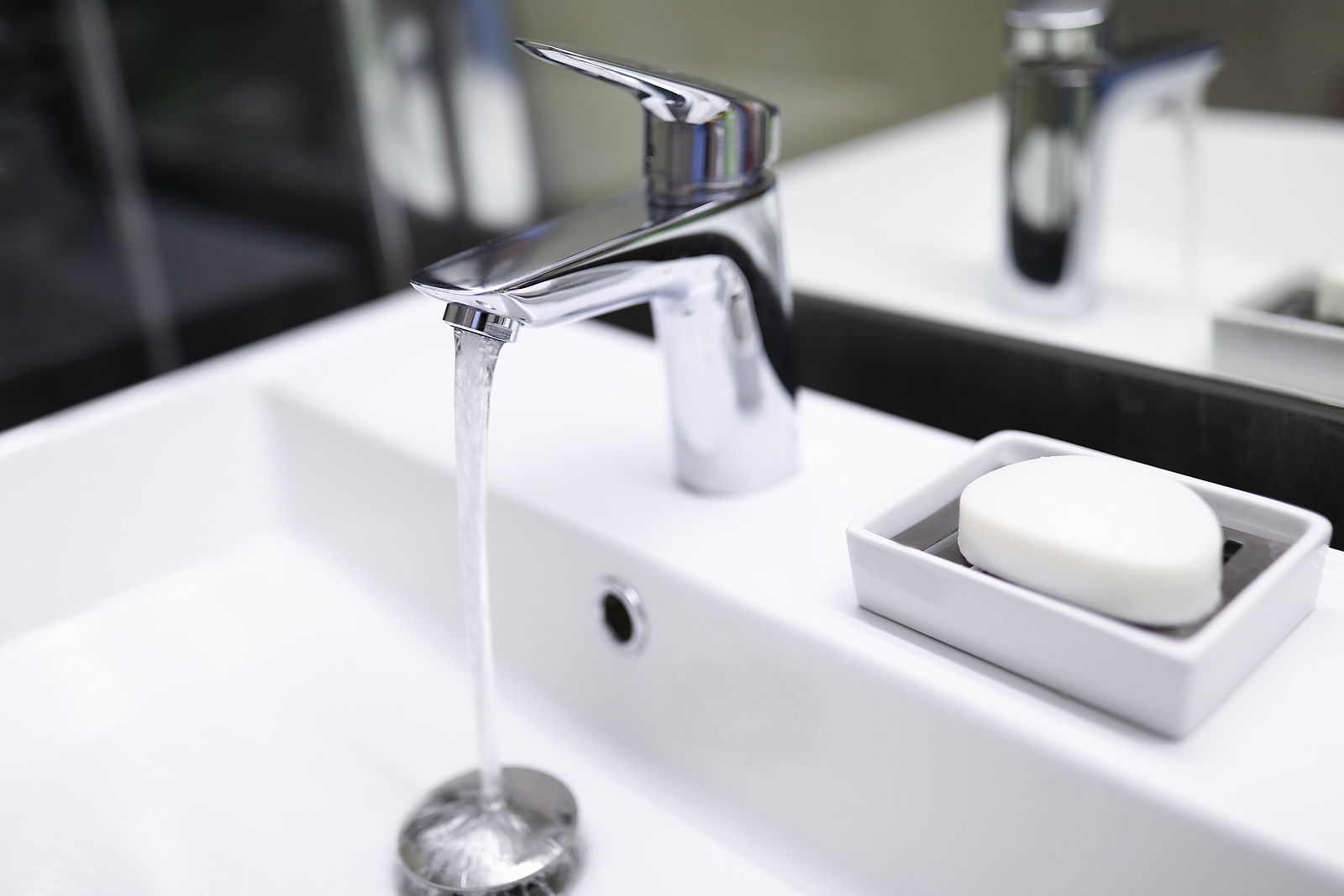







:max_bytes(150000):strip_icc()/home-water-pressure-problems-2718730-v4-3639a1eeda0945239e64b0fe6b6d3401.gif)

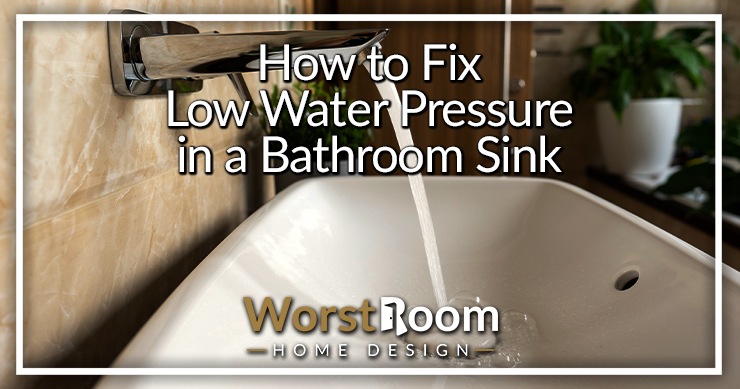


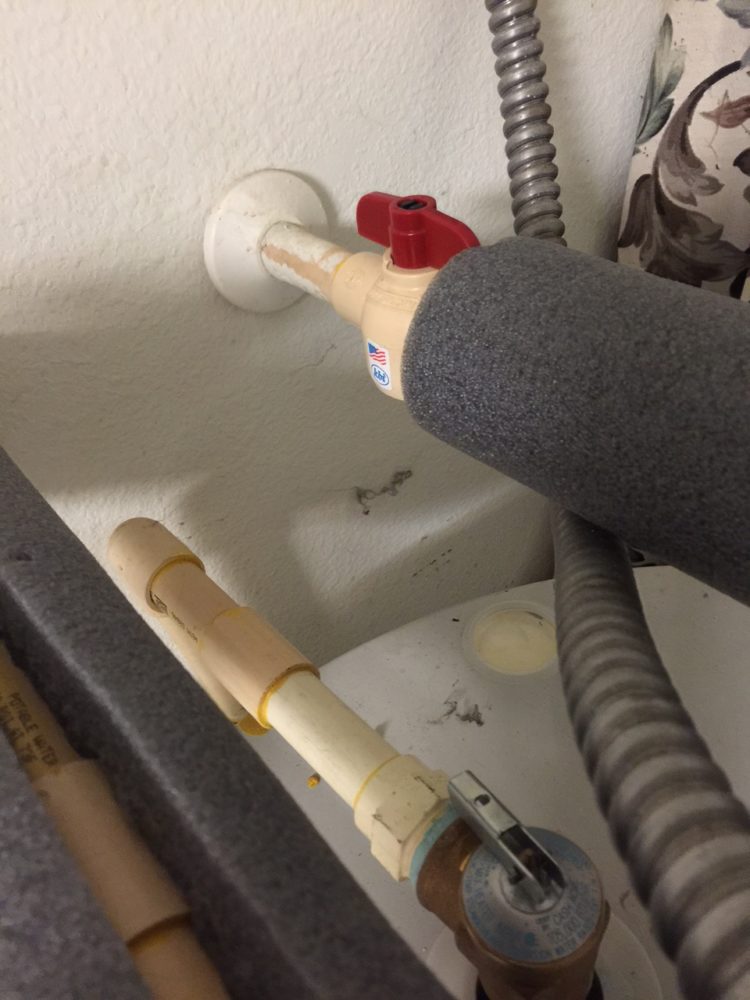
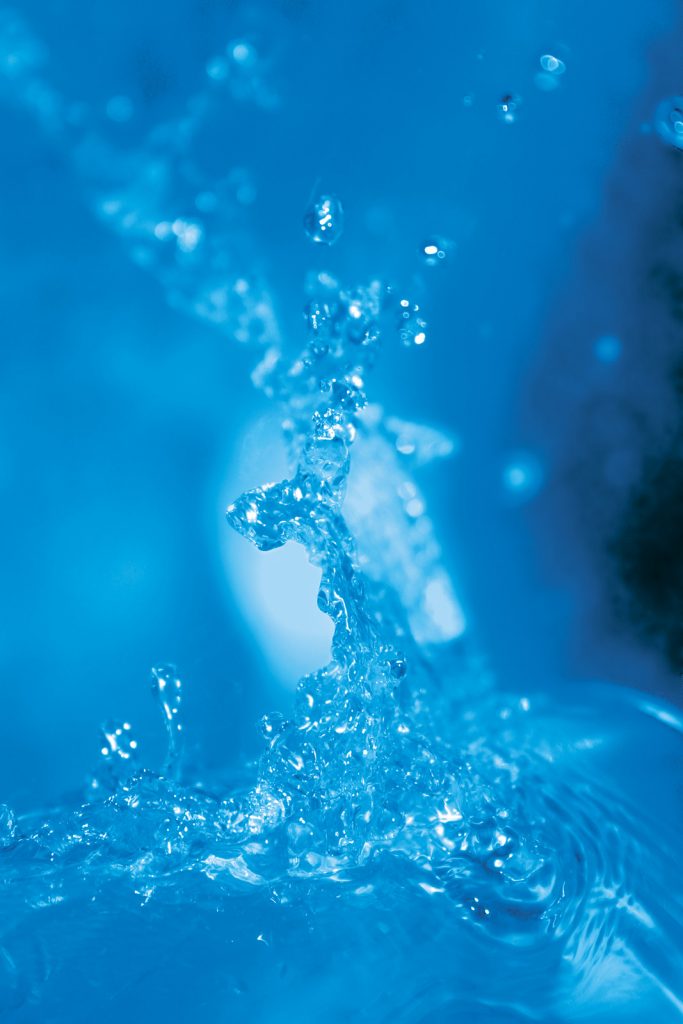
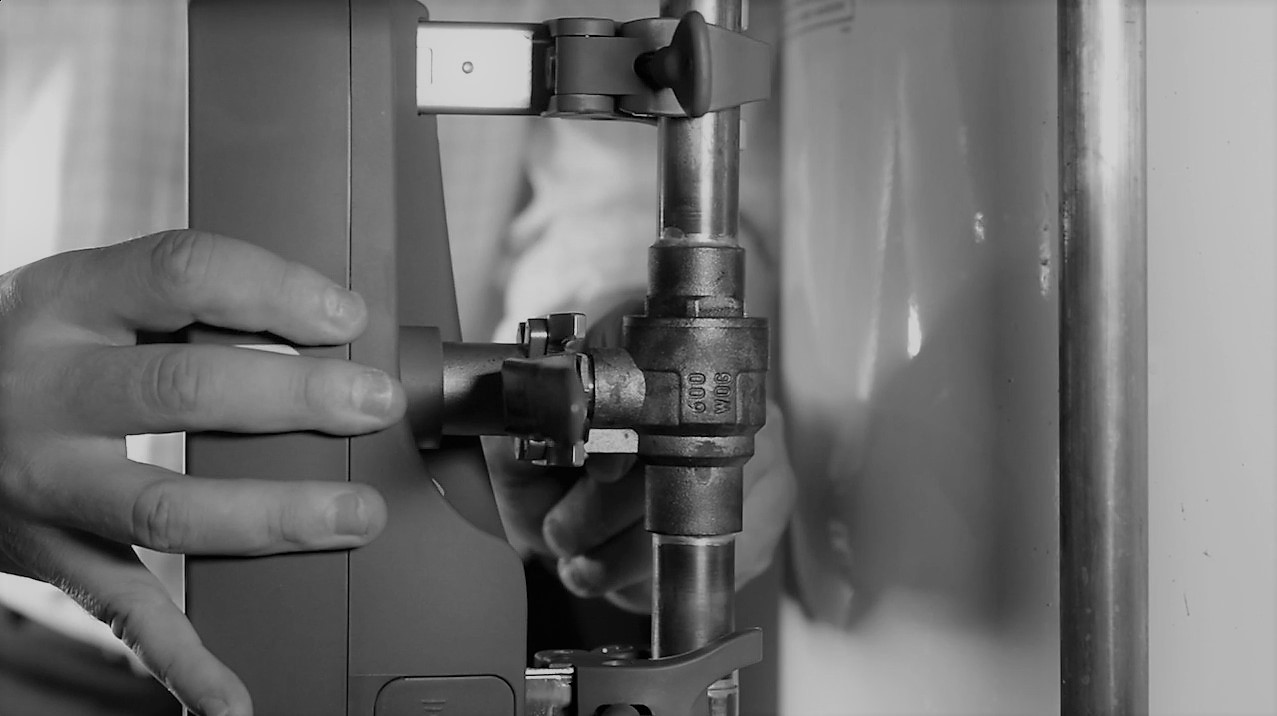


:max_bytes(150000):strip_icc()/increase-low-shower-pressure-4052359_FINAL_01-6ece340f72f74bf9ae59e4192b03c0bc.png)
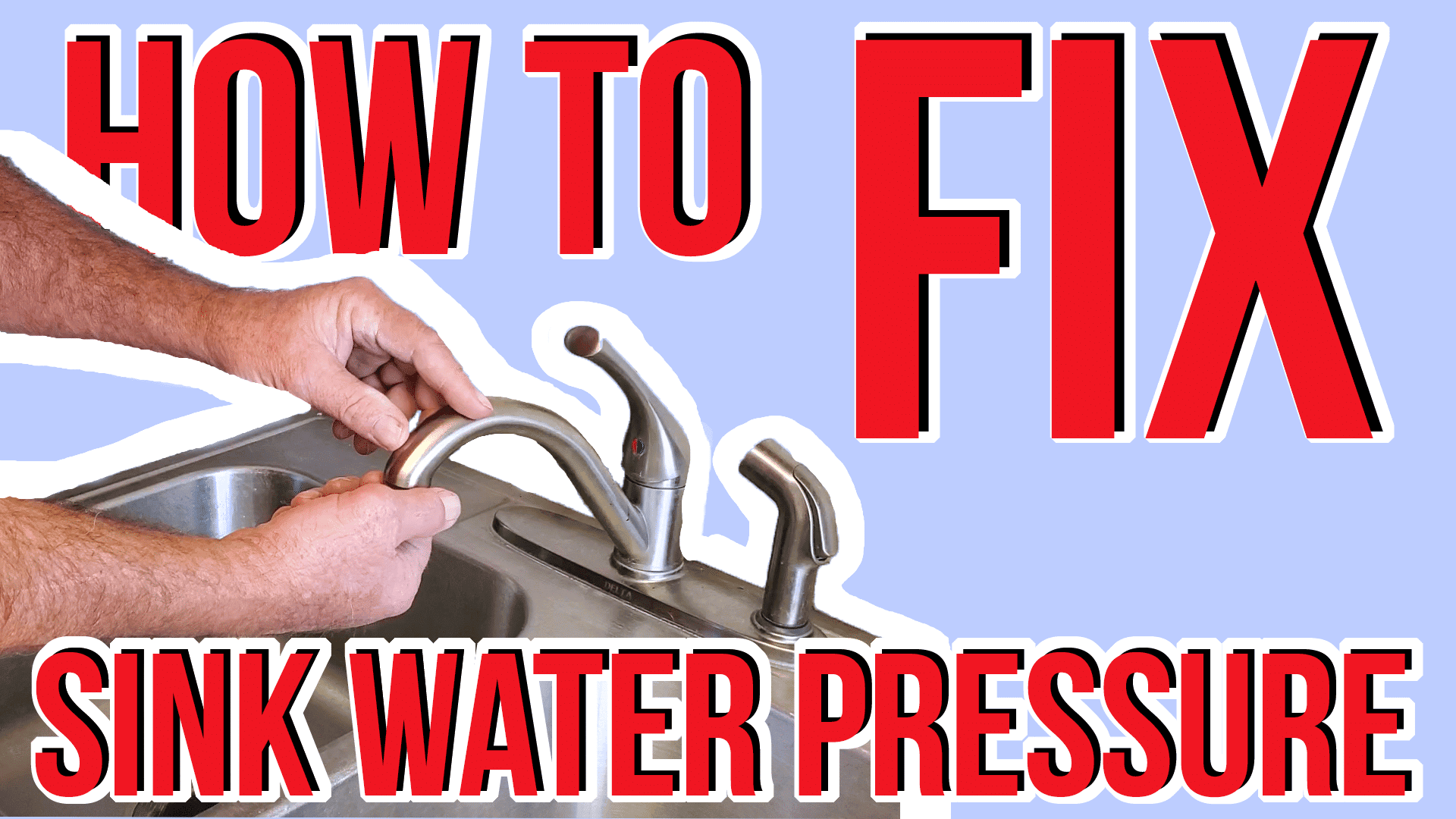




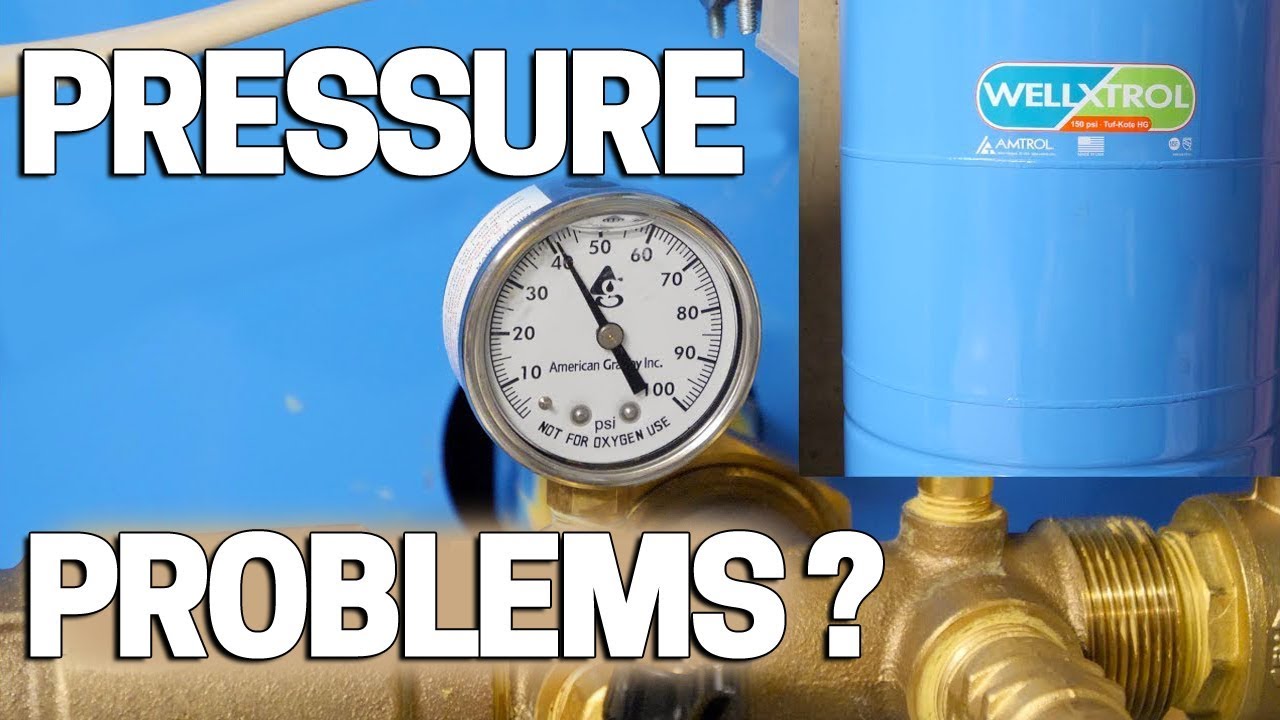




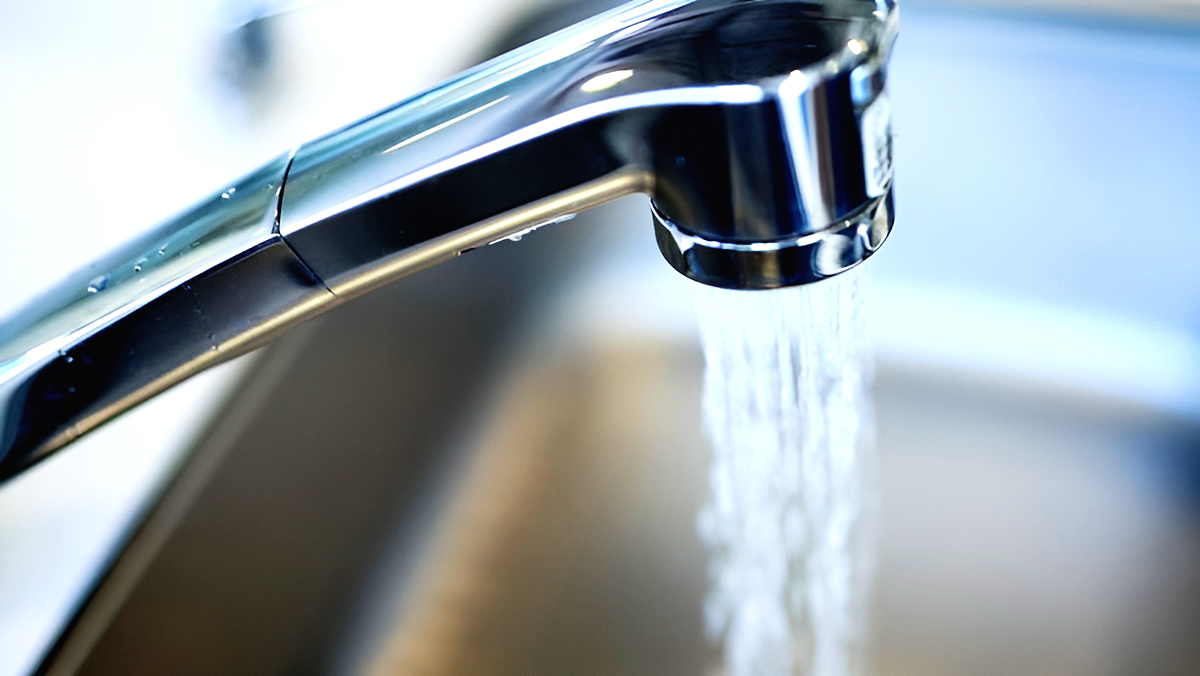
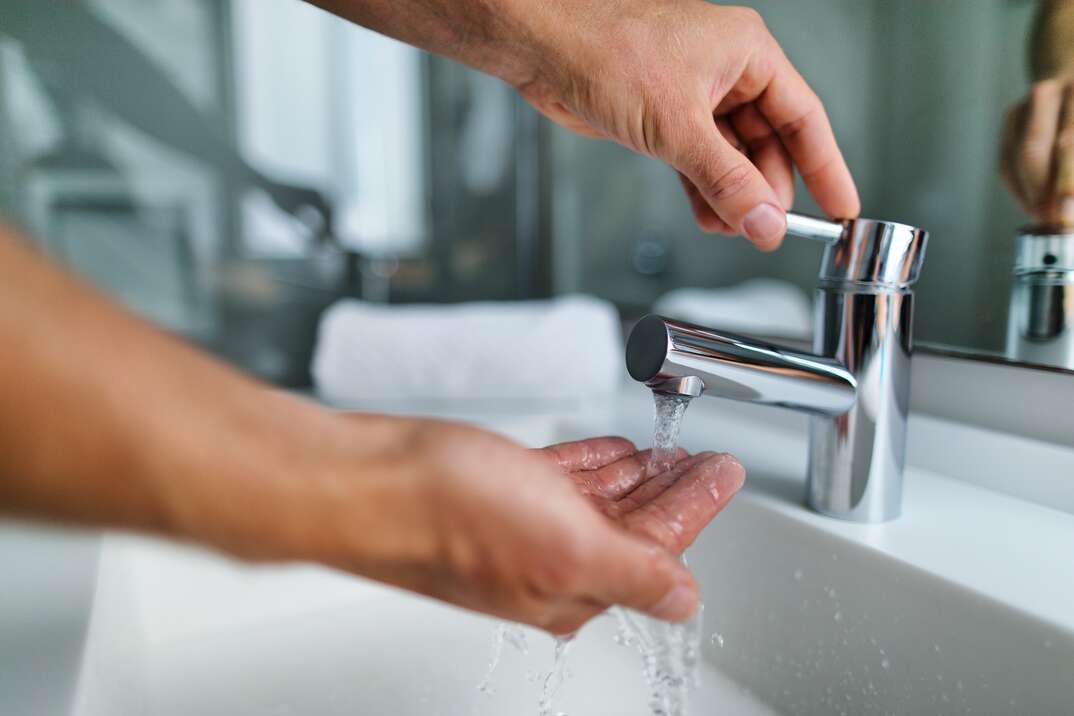



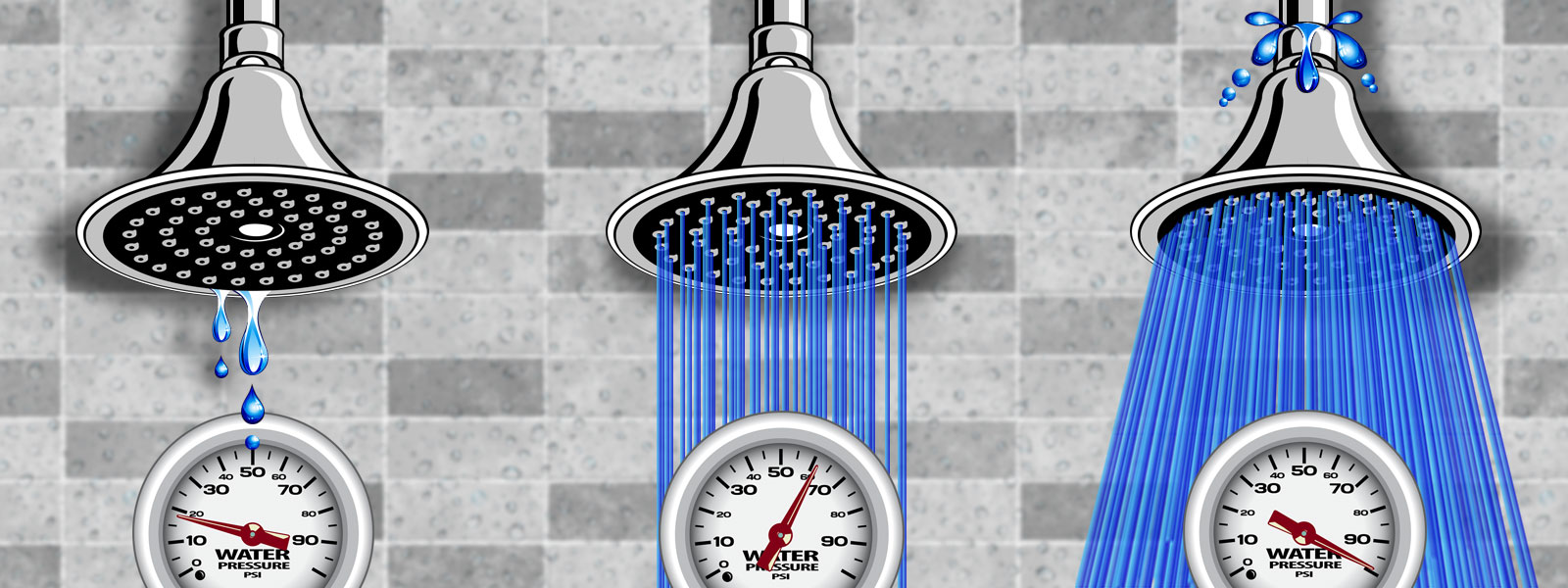

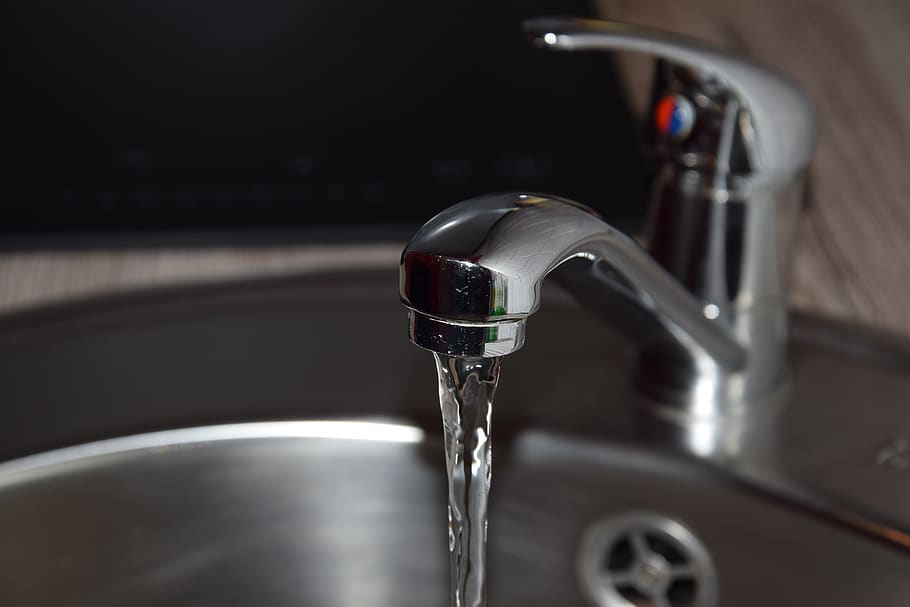


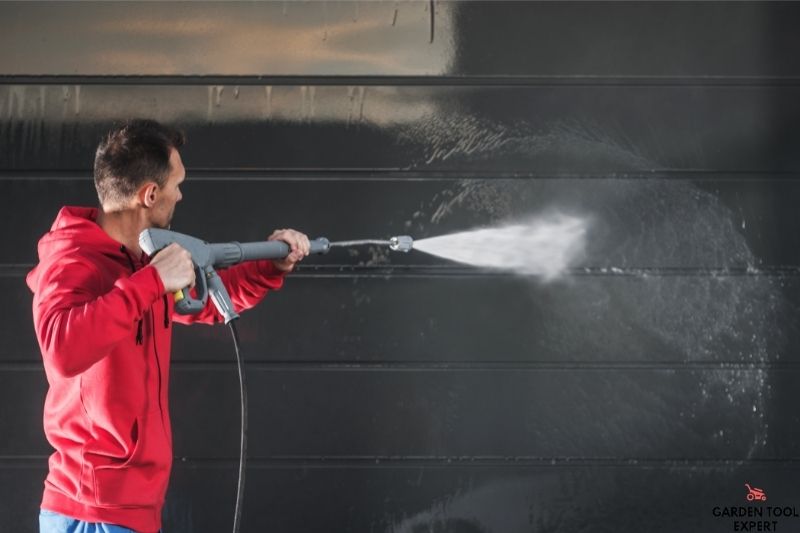
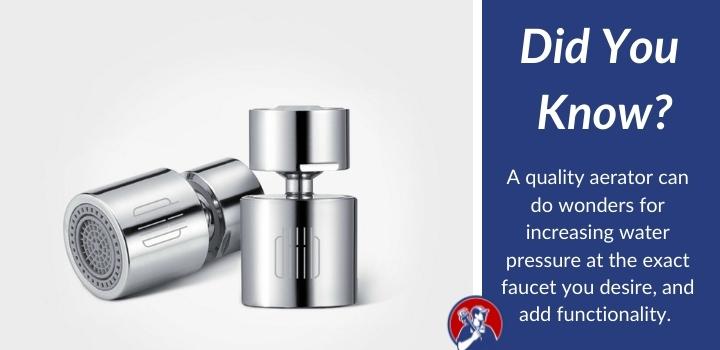
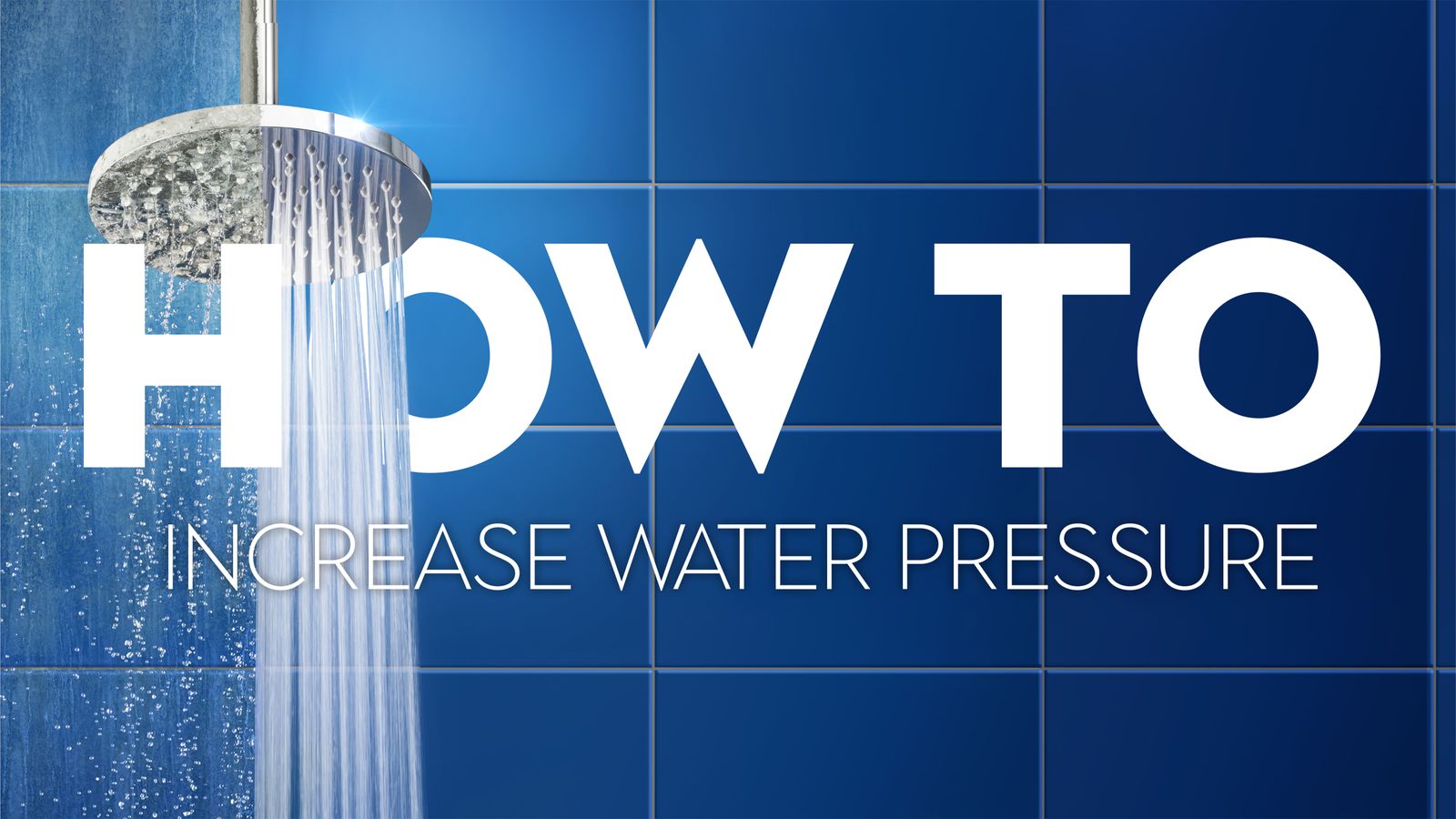




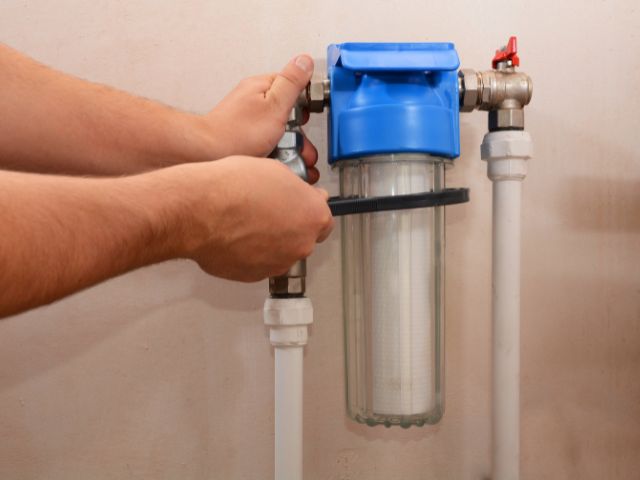







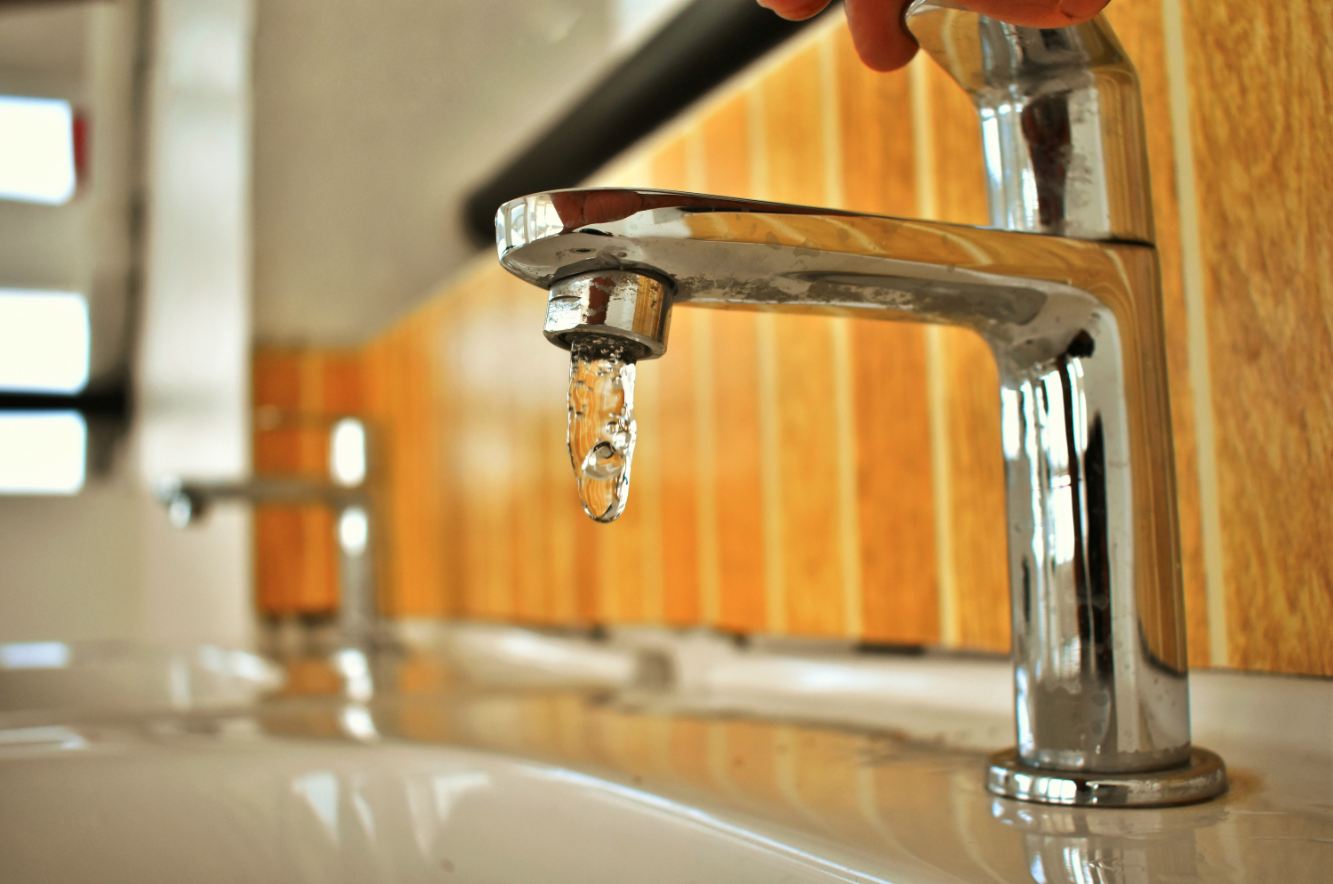


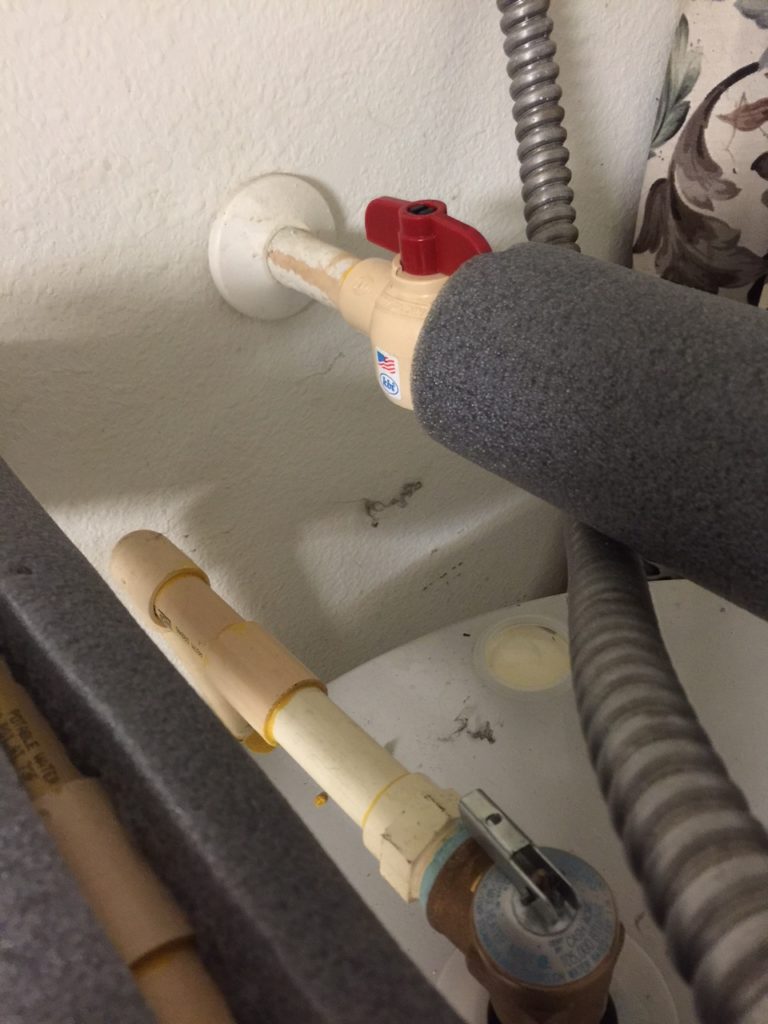


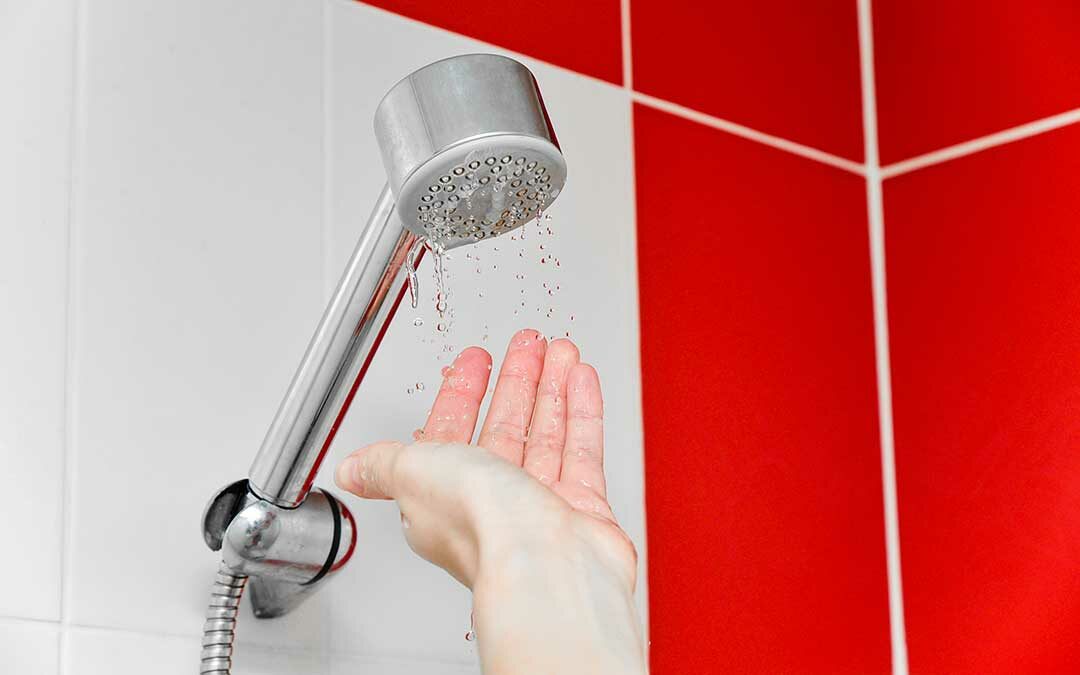




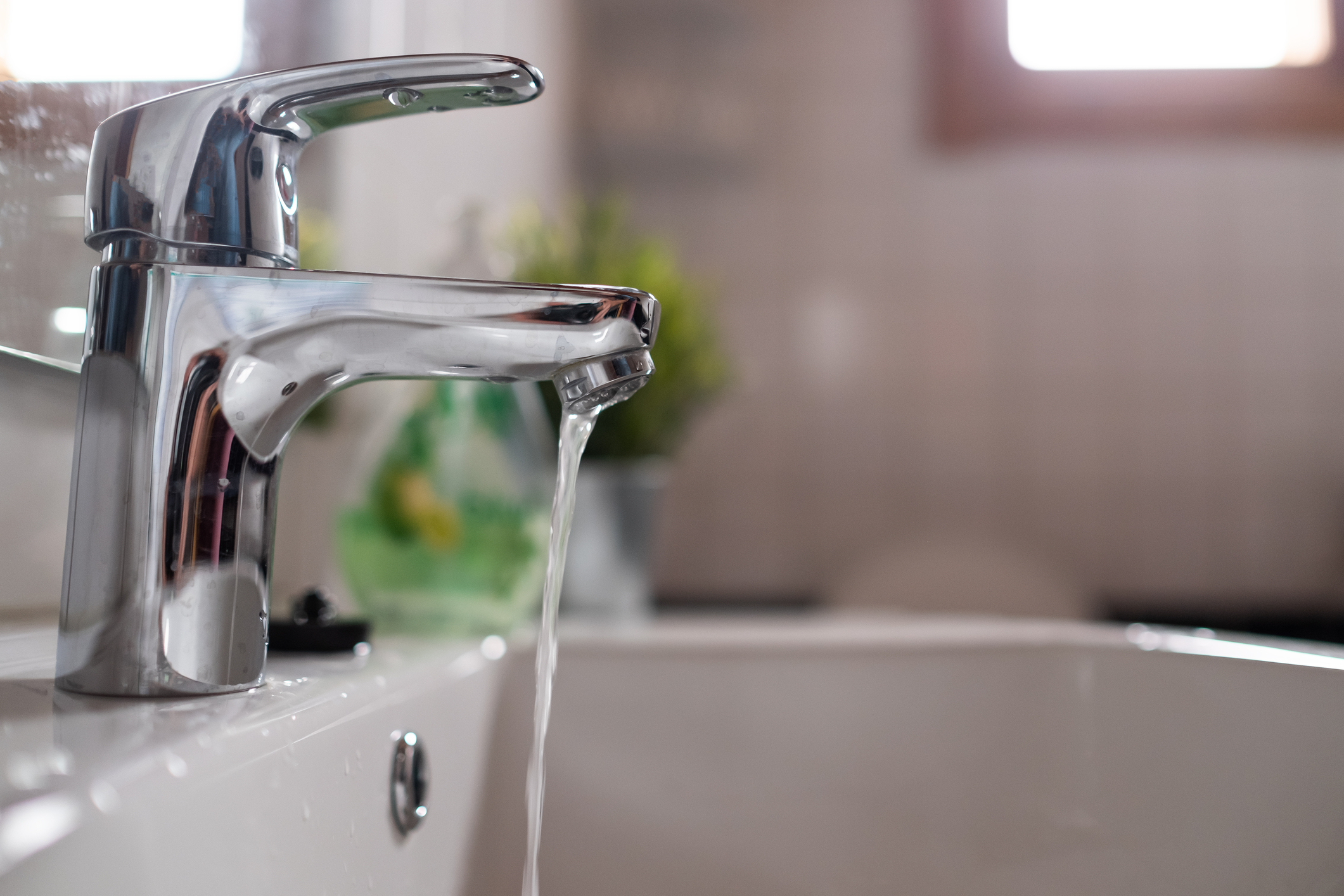
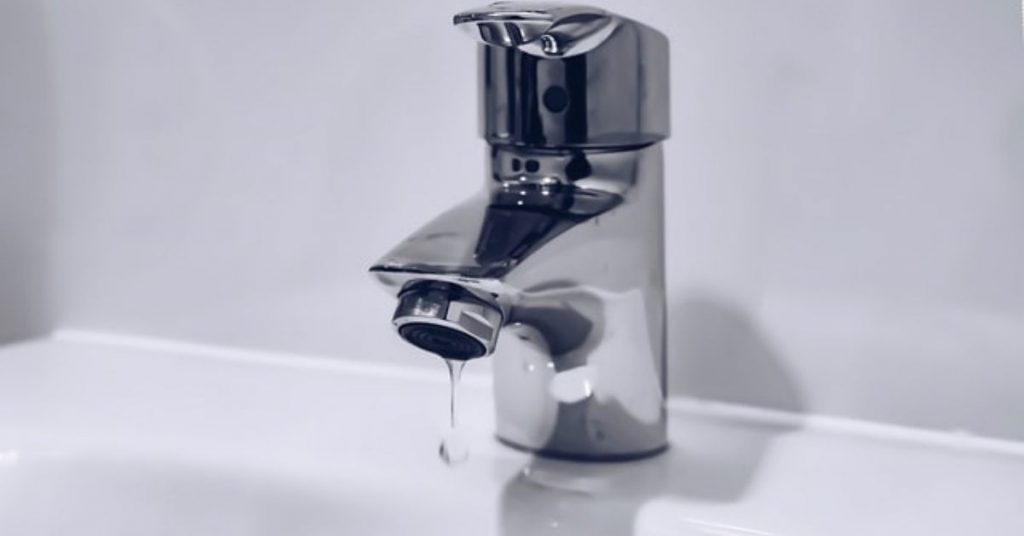
/low-water-pressure-2718732-05-99eb1816e88841c593aeeaaaf330085b.jpg)


